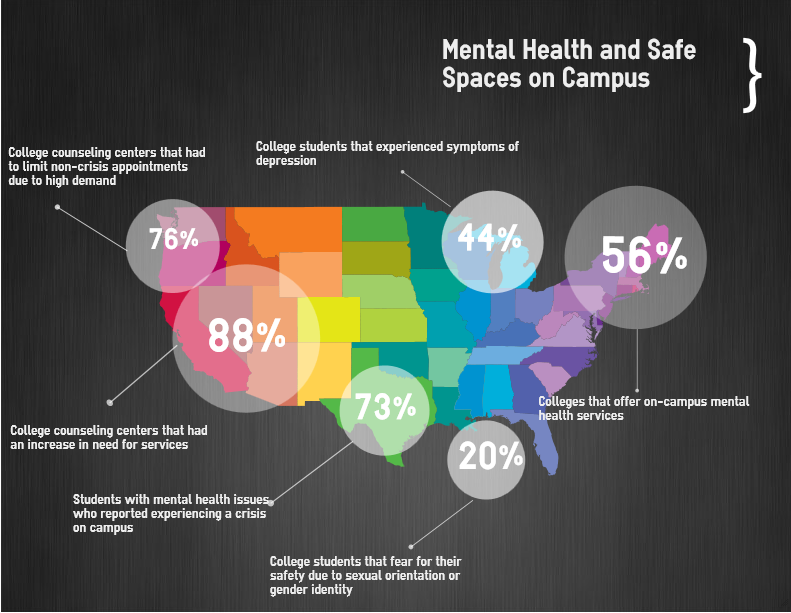By Megan Murphy
Reporter

This summer, the University of Chicago sent out a letter to incoming freshmen that read in part, “… (We) do not condone the creation of intellectual ‘safe spaces’ where individuals can retreat from ideas and perspectives at odds with their own.”
The problem with this, however, is a fundamental lack of understanding of what a safe space is actually meant for.
Safe spaces are intended to be, well, a safe space for students to express themselves without fear of censorship or discrimination. And while some may use the term to hide from opinions that they do not like, the complete abolishment of such spaces would have a negative effect on students.
In college, people come from all walks of life. Whether its race, religion, gender or sexuality, there is a melting pot of all kinds of cultures meshing together for the first time. With so many ideologies and belief systems coming together, it is bound to be overwhelming to a new college student.
As Northwestern University President Morton Schapiro said in an editorial for The Washington Post, “Students don’t embrace uncomfortable learning unless they themselves are comfortable.”
In a brand new environment, college clubs and organizations exist to bring students with similar backgrounds together, and offer them a place to express themselves and interact with others who have similar worldviews.
Crowder’s policy towards safe spaces/freedom of speech is this: “Students have the right of free expression and advocacy; however, the time, place, and manner of exercising speech and advocacy shall be regulated in such a manner to ensure orderly conduct, avoidance of substantial disruption to college functions, teaching, or activities, and must include identification of sponsoring groups or individuals…Retaliation for exercising free speech is prohibited.”
Essentially, this boils down to “Students can say whatever they like as long as it doesn’t start a riot.” This is a good policy; carte blanche freedom of speech for everyone, and one cannot get back at someone who has exercised his/her right to freedom of speech. In some cases, though, people’s thoughts and ideas can be hurtful to others. For example, if a student expresses the opinion that all gay people are going to hell, gay students will probably find that offensive and potentially threatening.
To reiterate, the point of safe spaces is not for students to universally retreat from all opposing opinions and ignore them—but sometimes, it may not be safe to share their opinions for fear of being threatened. Not only LGBT students are affected by this, which is why many colleges and universities also have organizations specifically for racial or religious groups to discuss opinions and problems that they face without being harassed.
Continuing that note, I am not saying that people are not allowed to have opinions, but people who dissent deserve the right to also state their opinions without being treated badly– especially in the classroom. Speaking from experience, there is nothing worse than having a teacher who doesn’t agree with a student and uses that as an excuse to treat that student poorly. In high school, a teacher used the excuse of “no safe spaces” to force his political beliefs on his classes. Students that disagreed with him often suffered lower grades from mysteriously ‘misplaced’ assignments.
In college, it is important that teachers (and students) keep an open mind towards all types of opinions, and do not treat others with disrespect.
All that being said, I understand why the University of Chicago made the announcement that they would not be accommodating “safe spaces”. In many cases, especially online, some individuals misuse the concept of safe spaces to ignore and avoid opinions that they don’t like. However, many students, especially minority groups, need a space they can retreat to with people whom with they share a common background.

Leave a Reply